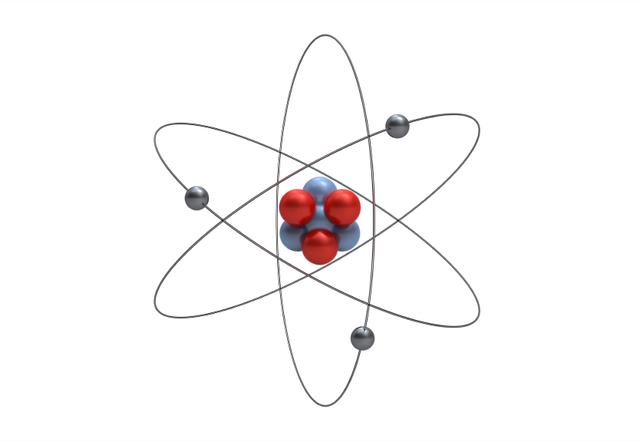Overview
The most basic models of the atom are all in agreement, that within the nucleus, the densely packed center of an atom, resides the protons and the neutrons. The total number of these two types of particles together accounts for essentially all of the mass of an atom. The electrons "float" somewhere outside the nucleus in the electron cloud, with their exact location always changing. We tend to think of atoms that occur in nature and those that have made compounds, as neutral atoms. A neutral atom is one that has the same number of positively charged protons and negatively charged electrons. However, variations to those atoms exist in both the ion form and the isotope form. An ion is an atom with a net, overall ionic charge, either positive or negative, and that can only happen if the number of electrons does not equal the number of protons. Keep in mind however, that the number of protons serves as the "identification card" of the element, and is the same as the atomic number of that element. Isotopes are atoms of the same element with different masses, meaning that they must have a larger or smaller number of neutrons in the nucleus.
Scientific Terms
Materials
1 Bag of dried pinto beans
1 bag of dried kidney beans
1 bag of dried corn kernels or brown rice (something smaller than the beans)
Elmer's glue
paper plates
periodic table
list of elements, ions and isotopes.
element cards?
Procedure
1. Draw from a bowl or hat, 5 different element cards the teacher has prepared.
2. Get 5 paper plates, glue, small cups of dried pinto beans, dried kidney beans, and dried rice (or corn kernels).
3. Using the pinto beans as neutrons, the kidney beans as protons, and the rice as electrons, build a model of each atom, ion, or isotope shown on the card.
4. It is important that the pinto beans and kidney beans are glued in the center as packed as tightly as possible to represent the nucleus. Also, the rice (electrons) should be glued around the plate in random positions.
5. After the glue is allowed to dry, the you should identify the atom or variation of the atom constructed on the back of the paper plate.
6. A sample list of atoms, ions, or isotopes you can construct can include: neutral atoms of sodium, fluorine, beryllium, oxygen, nitrogen and neon. Ions of Ca+2, F-1, Na+1, O-2, N-3, and Al+3. Isotopes of Na-22, Na-23, N-14, N-15, C-12, C-14.

